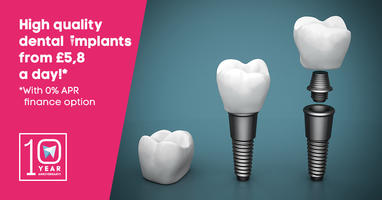The teeth in a mouth should be far away from each other, and should not overlap. They ideally occupy the space intended for them, this way they are easy to clean and will not cause abnormalities of the bite. A gap between the teeth that is large enough to notice is called diastema, and is considered a dental problem, though.

Although this condition is much better than crowding, it is also not entirely without its own difficulties and possibility for complications. The teeth are only supposed to be only so far from each other, and should completely close when you bite down, acting like a fence, essentially. If it does not because the teeth are too far from each other, certain problems can start to appear.
Aesthetic problems
The main problem that diastema causes is that it is unsightly. It does not look good, and the teeth that are in the smile zone are the most likely to be affected by this condition. The teeth that are far from each other are more likely to protrude, and the actual space between the teeth draws the eye, and will receive attention. A smile that has large gaps in it is indeed one that people will remember, but for all of the wrong reasons.

Plaque
The other problem is one of plaque accumulation. Although diastema is good because the teeth that are far from each other are easy to floss, plaque accumulation is also a problem. Teeth that are far from each other can accumulate plaque and food detritus on all sides, as it will be surrounded by food when eating. This means that even if they are easier to flow, they will accumulate more plaque and tartar, as bacterial life will have an easier time settling on it, and may settle on places that you cannot readily see, or get to while flossing.
How to fix it
If you have diastema, make sure you go to your half year check-ups regularly, as the dentist will clean these teeth thoroughly. A little bit of orthodontics can bring your teeth closer together if needed, and can be a simple way to solve this problem and keep the teeth in question.

